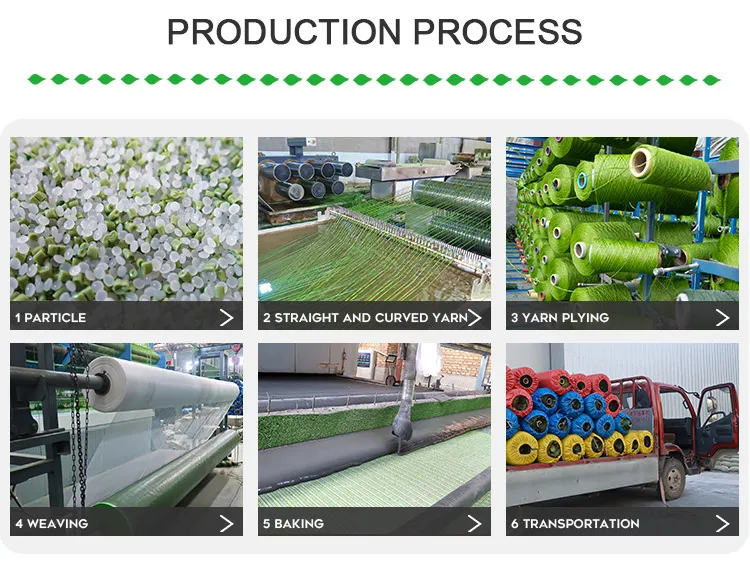
- Afrikaans
- Arabic
- Belarusian
- Bengali
- Czech
- Danish
- Dutch
- English
- Esperanto
- Estonian
- Finnish
- French
- German
- Greek
- Hindi
- Hungarian
- Icelandic
- Indonesian
- irish
- Italian
- Japanese
- kazakh
- Rwandese
- Korean
- Kyrgyz
- Lao
- Latin
- Latvian
- Malay
- Mongolian
- Myanmar
- Norwegian
- Persian
- Polish
- Portuguese
- Romanian
- Russian
- Serbian
- Spanish
- Swedish
- Tagalog
- Tajik
- Thai
- Turkish
- Turkmen
- Ukrainian
- Urdu
- Uighur
- Uzbek
- Vietnamese
Guide to Installing Artificial Turf in Your Yard for a Lush Outdoor Space
Dec . 05, 2024 16:51 Back to list
How to Install Artificial Turf A Step-by-Step Guide
Artificial turf, also known as synthetic grass, has gained popularity in recent years as an attractive and low-maintenance alternative to natural grass. Whether you’re looking to create a lush lawn, a play area for children, or a pet-friendly space, installing artificial turf can be a rewarding DIY project. This guide will walk you through the steps necessary to ensure a successful installation.
Step 1 Planning and Preparation
Before diving into the installation process, it’s essential to plan your project. Measure the area you want to cover and calculate how much artificial turf you’ll need. Most suppliers sell turf in rolls, typically 15 feet wide. Therefore, knowing the dimensions of your installation area will help you to determine how many rolls you’ll need.
Next, choose the right type of artificial turf for your needs. There are various types available, designed for different applications. For instance, if you have pets, consider purchasing a turf that incorporates drainage features or antimicrobial properties to keep it clean and odor-free.
Step 2 Gathering Materials and Tools
Once you’ve finalized your design and selected the right turf, it's time to gather materials and tools. Here’s a list of what you’ll need
- Artificial turf - Landscape fabric - Crushed stone or decomposed granite for the base - Adhesive or turf nails (if necessary) - A rake - A utility knife - A measuring tape - A level - A roller or compactor (optional, but helpful)
Step 3 Preparing the Area
Preparing the installation area is crucial for achieving a lasting result. Start by removing any existing grass, weeds, or debris from the area. You can use a sod cutter or a shovel for this task. Ensure the area is free from roots, rocks, and other obstacles.
Once cleared, assess the ground's slope. If the area has poor drainage, consider leveling it out or installing a slight slope to encourage water runoff. After leveling, compact the soil with a roller or compactor to create a solid foundation.
Step 4 Installing the Base
how to install artificial turf

Creating a stable base is vital for a successful artificial turf installation. Spread a layer of crushed stone or decomposed granite (about 3-4 inches thick) over the area. Rake it evenly to ensure it’s level and compact it down again. A solid base will prevent the turf from sinking or shifting over time.
Once the base is compacted, lay down landscape fabric over the area. This fabric will help to prevent weed growth while allowing water to drain through. Trim the edges of the fabric if necessary, ensuring it's slightly larger than your turf area.
Step 5 Laying the Artificial Turf
With the base ready, it's time to lay the artificial turf. Begin by unrolling the turf in a manner that allows it to relax and avoid creasing. Align the edges, making sure not to overlap the seams. If your installation requires multiple pieces, carefully align the turf so that the fibers run in the same direction for a natural appearance.
Cut the turf to fit the area using a utility knife, ensuring you leave excess material on the edges to tuck under later. Once positioned, secure the turf using either adhesive, turf nails, or staples, focusing on the perimeter and any seams.
Step 6 Securing and Finishing Touches
After securing the turf, make sure to brush the fibers upright using a broom. This will help the turf look more natural and enhance its overall appearance. If you have infill material (like sand or rubber pellets), spread it evenly over the surface to add weight and support the blades of grass.
Finally, trim any excess turf along the edges for a clean finish. You can add edging materials along the perimeter, such as decorative rocks or timber, to create a more polished look.
Step 7 Maintenance
Once your artificial turf is installed, it requires minimal maintenance compared to natural grass. Regularly brush the surface to keep fibers standing upright, remove debris, and rinse occasionally to remove dirt and pet waste. Checking for any damages or seams pulling apart is also a good idea to address any issues early.
Conclusion
Installing artificial turf can significantly enhance your outdoor space while saving you time and resources on maintenance. With careful planning, preparation, and attention to detail, you can achieve a beautiful and functional lawn that meets your needs. Enjoy your new synthetic lawn and the benefits it brings to your home!
-
The Benefits of Artificial Turf for Indoors
NewsJul.15,2025
-
How Artificial Grass Suppliers Ensure Quality Products
NewsJul.15,2025
-
Artificial Grass and Pets: A Space for Relaxation
NewsJul.08,2025
-
Balcony & Outdoor Decoration with Artificial Grass
NewsJul.08,2025
-
Best Indoor Artificial Grass for Home
NewsJul.07,2025
-
Best Pet Turf for Dogs: Safe & Durable Artificial Grass Options
NewsJul.07,2025
Products categories









